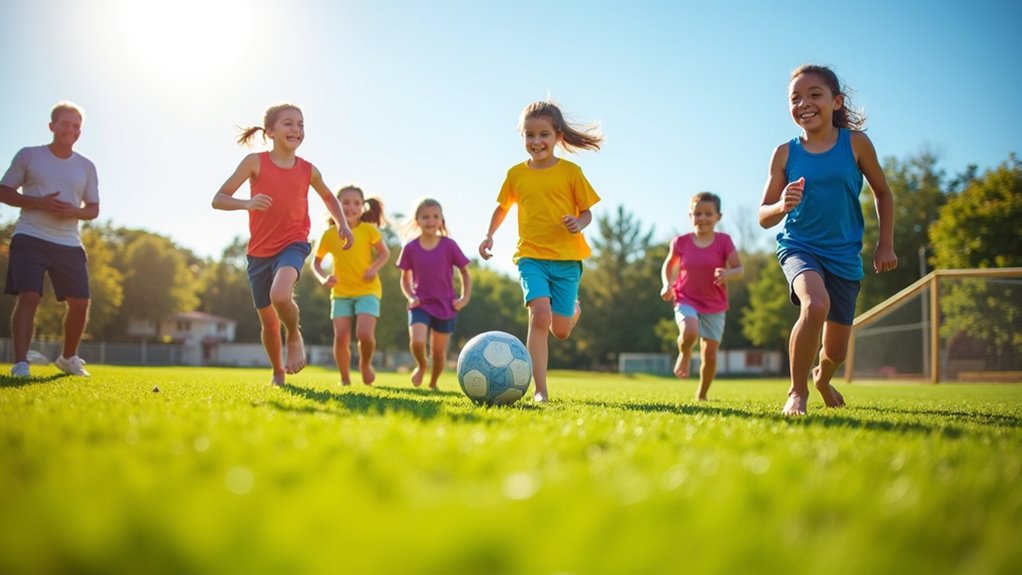
Benefits of Yoga
Gain strength, flexibility, and mental clarity through yoga—discover how this ancient practice transforms your body and mind beyond expectations.


Fitness for kids goes far beyond playtime. It shapes endurance, strength, balance, and coordination in ways that impact growth and wellbeing.

But how do you make it fun, consistent, and part of everyday life?
The answers may be simpler and more enjoyable than you think.
Physical fitness in children encompasses several key components that contribute to overall health and development. These include cardiovascular endurance, muscular strength, flexibility, and motor skills.
Ensuring activities are age-appropriate and supervised reduces injury risk. Emphasizing safe practices supports gradual improvement in these areas, promoting balanced physical growth and minimizing potential harm during exercise or play.
Regular engagement in physical activities offers numerous advantages for children beyond the development of fitness components.
It supports healthy growth, strengthens bones and muscles, and improves cardiovascular health. Additionally, it promotes better sleep, enhances mood, and builds social skills through safe, supervised interaction.
Consistent physical activity also helps prevent childhood obesity and reduces the risk of chronic diseases later in life.
Although fostering fitness in children can sometimes be challenging, incorporating enjoyable and interactive activities significantly increases their motivation to stay active.
Safe options include obstacle courses, dance games, and age-appropriate sports that encourage movement and coordination.
Ensuring proper supervision and using safe equipment helps prevent injuries, making fitness both fun and secure for kids.
When children receive encouragement and involvement from their families and communities, their engagement in fitness activities often increases significantly.
Supportive environments provide safe spaces for physical activity, promote consistent routines, and model healthy behaviors.
Family participation and community programs help ensure activities are age-appropriate and supervised, reducing risks while fostering motivation and confidence in children’s fitness development.
Family and community support not only boosts children’s immediate participation in physical activities but also lays the foundation for enduring fitness habits.
Encouraging safe, enjoyable exercise from an early age helps children internalize healthy routines. Consistent practice promotes physical well-being, mental resilience, and prevents sedentary behaviors, fostering a lifelong commitment to health while minimizing injury risks through supervised, age-appropriate activities.
Fitness for kids involves multiple physical components essential for healthy growth and development. Regular physical activity offers numerous benefits, including improved mood, better sleep, and chronic disease prevention. Age-appropriate, enjoyable activities help foster coordination and encourage consistent movement. Support from family and community plays a vital role in promoting fitness, ultimately aiding children in establishing lifelong healthy habits that enhance their overall well-being and quality of life.

Gain strength, flexibility, and mental clarity through yoga—discover how this ancient practice transforms your body and mind beyond expectations.

How cardio timing impacts your strength gains and fat loss might surprise you—discover the best order to maximize your workouts today.

Jumpstart your fitness journey with essential tips on how to start running safely and effectively—discover what you need to know before you begin.

Why running boosts both your body and mind in surprising ways—discover benefits that go beyond fitness and transform your life.

Offering more than just muscle growth, resistance training transforms your fitness—but what exactly makes it so effective? Discover the key principles inside.

Only by understanding lean mass can you unlock its crucial role in health and fitness—discover what it truly means for your body’s strength and vitality.